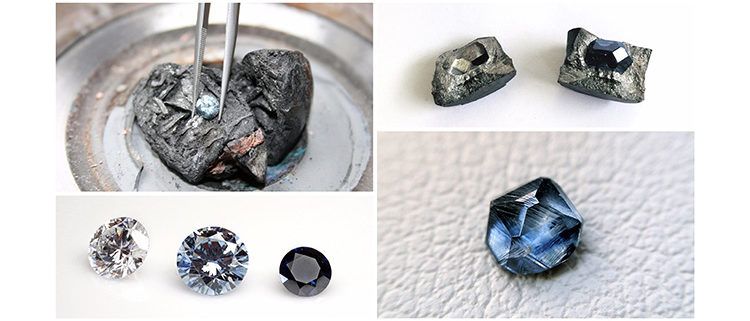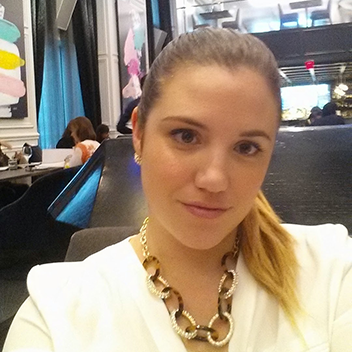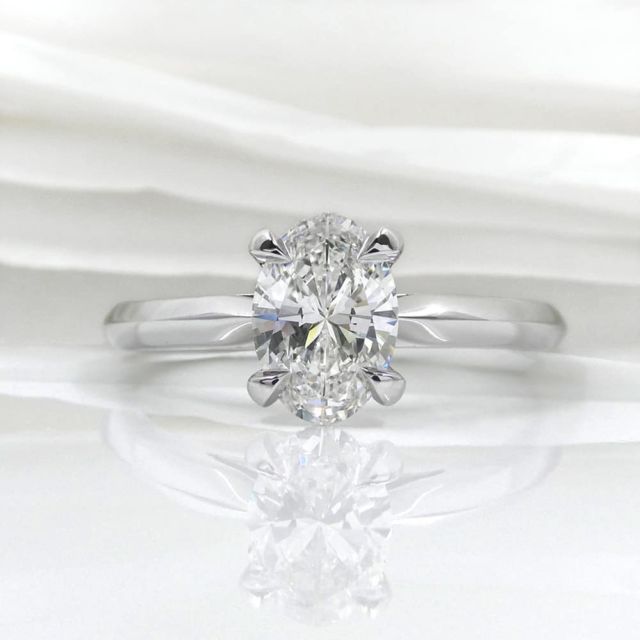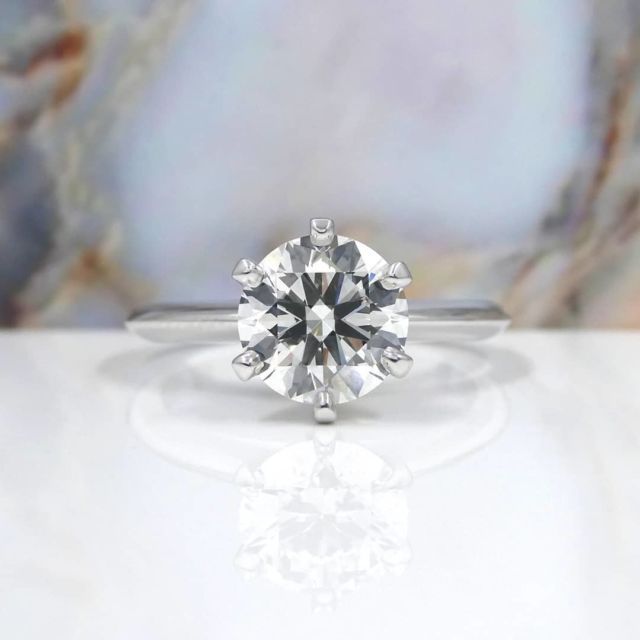Sara Cumming is the Jewelry Production and Social Media Coordinator at Kimberfire – a brilliant way to buy diamond engagement rings, fine diamond jewelry, and loose diamonds in Toronto, ON and across Canada. She holds a Bachelor of Fine Art from York University and a Diploma in Jewelry Arts from George Brown College. She is skilled in jewelry design using CAD software, as well as traditional goldsmith techniques. When she is not immersing herself in all things jewelry, Sara is a dog mom to Barley, her beagle mix rescue dog who loves a good tummy rub.
How Memorial Diamonds Are Made

As we approach Halloween, the Kimberfire team has been caught up in haunted houses, costumes, candy, pumpkin (spice), and the mystery that cloaks this festive season. Inspired by this, we thought we would explore a more unusual diamond concept in this month’s blog: memorial diamonds.
Memorial diamonds are lab created diamonds that are made from the ashes or hair of a person who has passed away. While this is not something we offer at Kimberfire, we do find it fascinating…
A Memorial Diamond?
Yes, it is possible to create a diamond out of the ashes or hair of a deceased loved one. Not so surprisingly, when I told a couple of friends I was writing a blog about memorial diamonds they were shocked that it was possible. Some were intrigued, while others were uncomfortable with it. The truth is, it may never be fully accepted as a mainstream option. However, the reviews from people who have chosen to create a memorial diamond are overwhelmingly positive and it has brought them comfort during their mourning process.
Memorial diamonds are only offered through a small number of companies, as it is a highly complex and technical process. The four memorial diamond companies that I researched for this blog were Algordanza and Lonité, based in Switzerland, and LifeGem and Eterneva which are based in the United States. These companies are aware of the sensitive nature of their work, and treat both the deceased and their loved ones with the utmost respect.
Growing a Diamond in a Lab
How does this process work? Well it all starts with carbon, the element that a diamond is composed of. It has been determined that the human body is made up of approximately 18.5% carbon. When a body is cremated most of the carbon escapes as carbon dioxide, but 1-5% of the carbon remains in the ashes. This carbon is extracted and made into a diamond using the same process that is used to create other lab grown diamonds.
Lab grown diamonds possess the same characteristics as natural diamonds but are created in man-made conditions above the earth instead of natural ones below the earth’s surface. Lab grown diamonds were first invented by scientists in the 1950s when they were able to replicate the same environment in which diamonds are formed deep in the earth.
There are two methods by which lab grown diamonds are created, either the High Pressure High Temperature (HPHT) method or the Chemical Vapour Distribution (CVD) method. The HPHT method places a carbon source, a small diamond “seed” and a metallic solvent in a large press which is then placed under extreme pressure and high temperature to produce a diamond. The CVD method starts with a diamond seed planted in a chamber where it is exposed to a gas such as methane. The gas is then activated and broken down by microwaves which cause the carbon atoms to accumulate on the diamond seed. Both these methods were only able to produce very small diamonds up until the last ten years. New technology is now growing larger diamonds, and is also able to produce colourless diamonds. This is opposed to coloured diamonds which are much easier to grow in a lab.
Memorial diamonds are created using the HPHT method.
The Memorial Diamond Creation Process
The companies that I looked at all use similar processes to create their memorial diamonds. First, they need between 100-500g of ashes (amount differs by company). If you do not have this amount then you can also send them hair, as hair also contains carbon. The ashes and fur of pets can also be turned into diamond using the same process.
The carbon is extracted from the ashes by heating them up to extremely high temperature over a period of days and then further purifying them using acidic chemicals. The carbon purification system often leaves traces of nitrogen or boron, other elements found in the human body. Carbon with traces of nitrogen will create a yellow or amber coloured diamond, while traces of boron will create a light blue diamond. Blue memorial diamonds are the most common type, as boron is extremely difficult to extract from carbon. Red, green, pink and purple diamonds can be created through further manipulation of the carbon, usually through irradiation. Black memorial diamonds are actually a very dark green colour which, to the naked eye, appears black. To produce a colourless diamond all other elements must be removed from the carbon, which is an extremely difficult procedure.
The purification process turns the carbon into graphite. The graphite is then packed into a cell with a metal catalyst and diamond seed, and put into an HPHT press. After a period of time (it takes longer for larger stones, as well as colourless ones) the press is opened and the cell of graphite is cracked open to find a rough diamond inside. From this point the diamond can be left as a rough crystal or can be cut and polished by a gem cutter. It is then either delivered as a loose diamond or made into a piece of jewelry.
The total time it takes to create a memorial diamond is between 4 and 9 months. The price ranges from between US$3,000 to US$20,000, with larger sizes and colourless diamonds costing the most. The price also reflects the expensive machinery and precise lab work which goes into creating these diamonds.
A Diamond, Like a Memory, is Forever
One reason to create a memorial diamond is that it is a wearable memento of a loved one, and something that can be taken with you wherever you go. It can also be passed down through the generations and shared with other loved ones. Whatever their individual reasons, people often find meaning in different experiences and in different ways. Only you know if a memorial diamond is right for you.
Images: Algordanza
About Kimberfire
A brilliant way to buy high-quality engagement rings, diamonds, and jewelry. View and inspect your carefully selected diamond virtually (via Zoom), or in our offices in Toronto, Canada. We ship worldwide.
Leave a Reply
Want to join the discussion?
Feel free to contribute!







